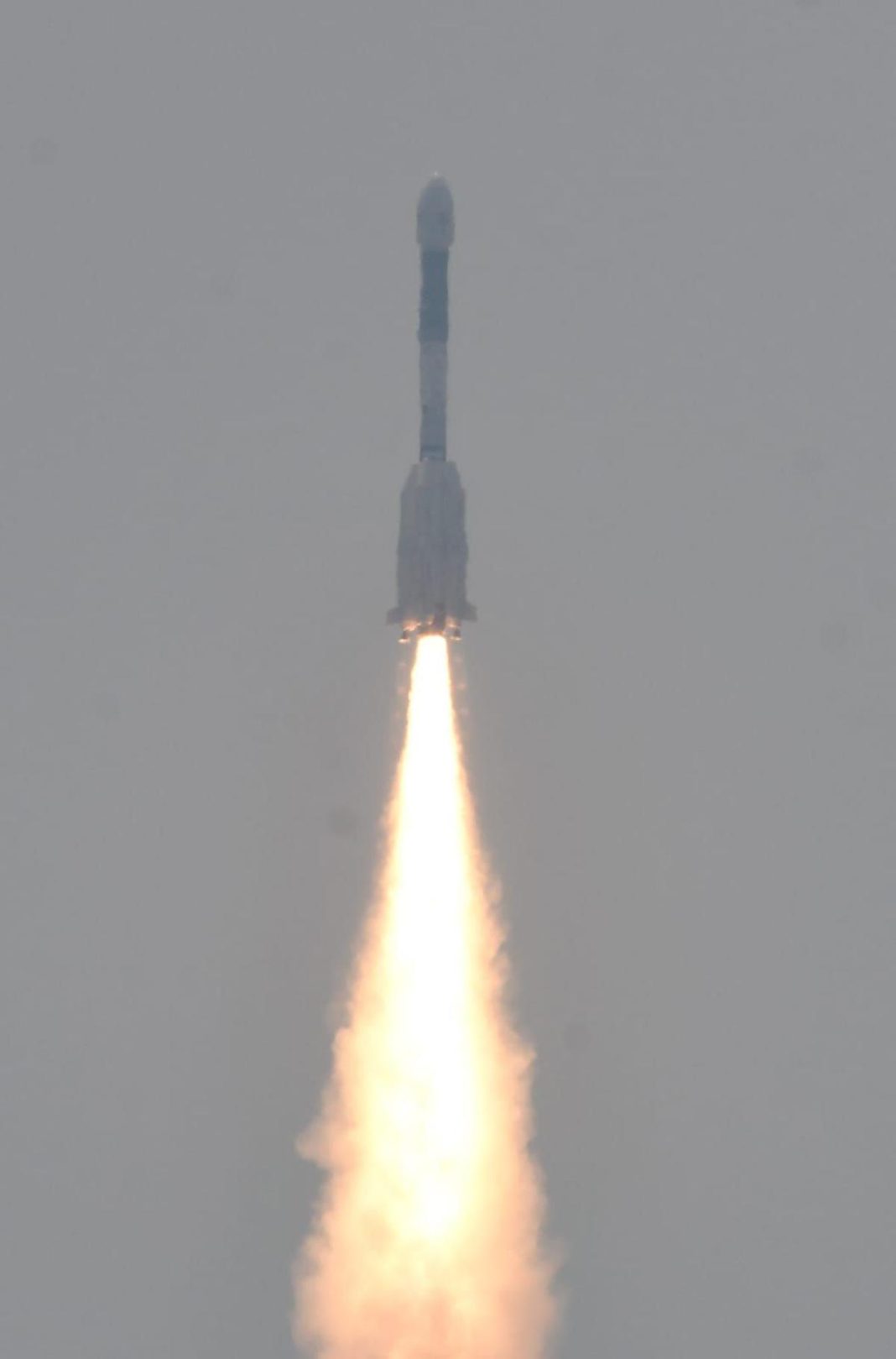The NVS-01 navigation satellite, weighing roughly 2232 kg, was successfully launched into
Geosynchronous transfer orbit by the Indian Space Research Organisation (ISRO) on May 29.
At precisely 10.42 a.m., the Geosynchronous Satellite Launch Vehicle (GSLV) at the Satish
Dhawan Space Centre SHAR, Sriharikota, launched the satellite with a tremendous roar.
According to ISRO, "the NVS-O1 satellite was precisely inserted into a Geosynchronous
Transfer Orbit after an excursion of around 19 minutes. The orbit-raising actions that follow
will place NVS-01 in the desired Geosynchronous orbit.
For the successful deployment of the navigation satellite NVS-01 from the control room,
ISRO Chairman S. Somanath praised the team. He complimented the GSLV-F12 for precisely
deploying the satellite in the desired orbit. Chairman Somanath spoke about a previous
mishap that occurred during the F10 mission, highlighting the changes made to the
cryogenic stage and the important lessons discovered as a result. He also stressed the
cryogenic stage's increased reliability as a result. The fact that NVS-01 is the first of a series
of five satellites was also disclosed by him.
The GSLV-F12 mission, according to ISRO, is the 15th flight of India's GSLV and the ninth
Flight utilising a domestic cryogenic stage. In particular, it is also the sixth time that the GSLV
has flown with its own cryogenic stage. The L1, L5, and S bands were used by the navigation
Satellite NVS-01 to carry navigational payloads. In addition, the mission marked an
Important turning point by installing an indigenous atomic clock on NVS-01 for the first time.





















